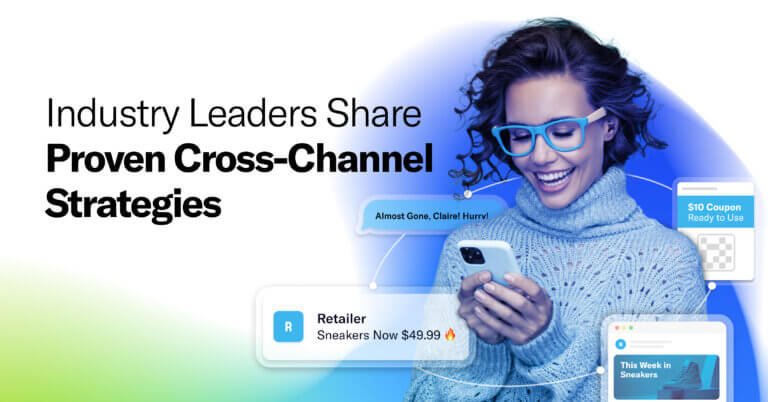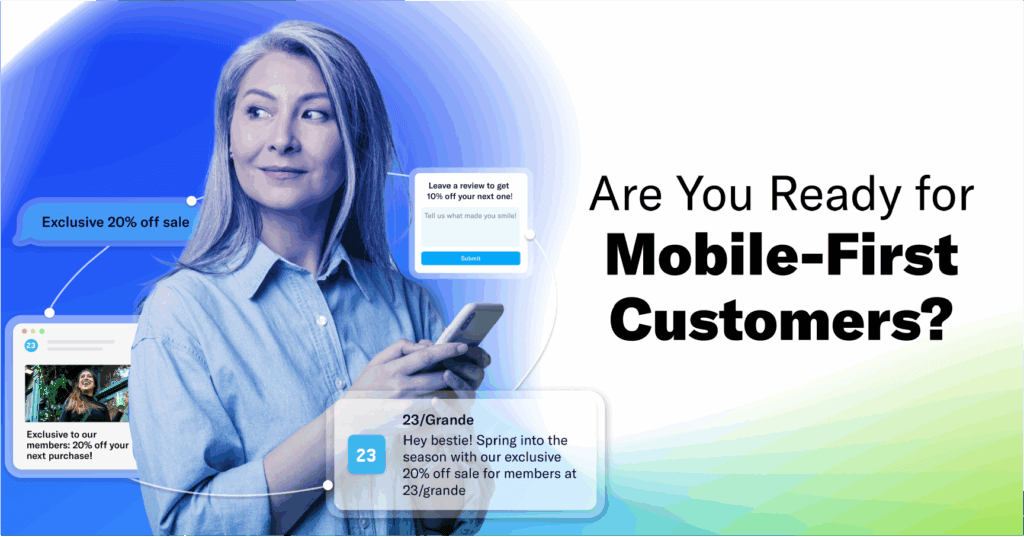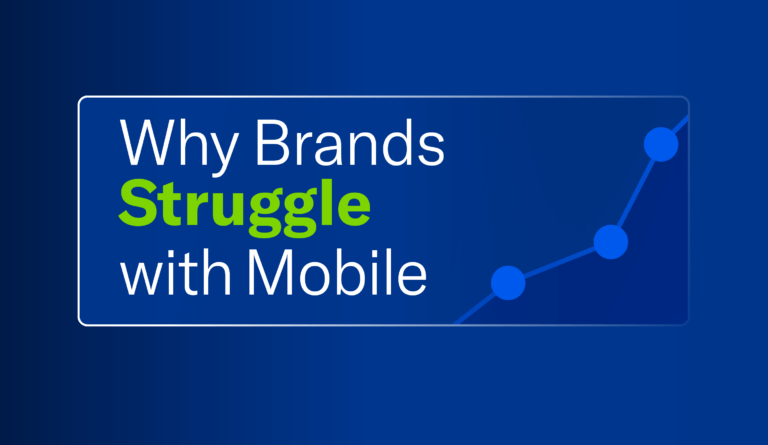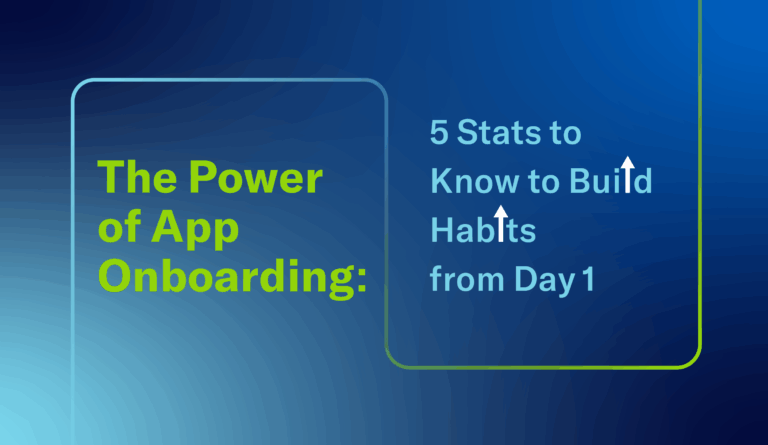
Mobile-First Customers: Debunking 4 Myths for Stronger Connections

Abbie Baxter Content Marketing Manager, Airship

Share to my network
In this article
Categories
Book a meeting
Connect with our team of experts to discuss your conversion and loyalty goals, and how we can help you achieve them faster.
Get a demoMobile phones are an extension of everyday life. From ordering groceries on the bus to checking your bank account balance in line at the coffee shop, you understand the instinctive feeling of reaching for your phone for instant access to information or services at any time, from anywhere.
That’s the mobile-first customer in a nutshell: one who uses their phone as the primary mode of digital interaction with brands.
While brands have more opportunities than ever to connect with mobile-first customers, they must also retool how they engage them to keep pace with digital innovation. During a recent episode of the Tame the Mobile Beast podcast, Zen Media’s Founder and CEO, Shama Hyder, astutely pointed out that customer expectations form not only to your specific brand but to macro consumer habits. When it comes to engaging mobile-first audiences, you’re up against the standards set by behemoths like Amazon and Apple, not just your direct competitors.
To measure up to these lofty standards, let’s challenge some common yet outdated assumptions about mobile-first audiences that are holding you back from fully and effectively engaging them.
Myth 1: Mobile-First Customers Are Young
It’s easy to assume that mobile-first audiences are primarily Gen Z and Millennials. These generations certainly are mobile-native, and many are early adopters of new digital channels as they emerge. However, the use of smartphones and tablets is now pervasive across all age groups. Over three-quarters (79%) of adults aged 65 and older now own smartphones, falling just behind those aged 18-19 as the segment most dependent on these devices.
To ignore mobile-first customers is to ignore a significant, growing portion of nearly every segment. Mobile-first experiences are now the de facto choice for brand-customer interactions — regardless of demographics. It’s the convenience of engaging with the world — and brands — in the palm of your hand without interruptions.
Myth 2: Mobile-First Customers Value a Brand’s App More Than Anything
Yes, a strong mobile app can be crucial. But a good strategy isn’t just about having an app; it’s about being present and delivering a seamless, consistent and valuable experience no matter where customers engage with your brand. This could very well be your app, but it could also be email, SMS or even web. Nearly 3 out of every 4 website visits happen on mobile, and 55% of all emails are now opened on mobile devices. A cross-channel customer experience is table stakes.
Understanding where, when, and how often your customers want to be engaged is the key, and the best way to do this is by simply asking. Give your customers the ability to explicitly share their ideal context for engagement so you can show up when they’ll be most receptive to your message.
Myth 3: Mobile-First Customers Only Buy on Their Phones
Mobile’s impact extends far beyond the digital world. By 2027, Forrester predicts that 70% of total U.S. retail sales will be “digitally influenced” — purchases made by consumers who research products online but buy them at the store. While a large portion of the customer journey can occur on mobile, it’s important to consider how those interactions impact touchpoints outside the confines of the screen. Failing to do so can result in missed opportunities to extend your reach and connect with and convert customers in powerful, unexpected ways.
Myth 4: Mobile-First Customers Are Hard to Keep Engaged
The proliferation of new digital channels and the flood of marketing messages consumers face on a daily basis often pulls them in various directions. But that doesn’t mean they aren’t capable of deep engagement. The greatest “distraction” is, more often than not, a poorly designed experience.
Imagine a customer receives an email highlighting an exclusive sale for loyalty members, driving to the brand’s app for browsing. Before they can begin shopping, they’re directed to a web page to sign in. The extra time and steps it takes to sign in and navigate back to the app create many opportunities for customers to drop off along the way.
The most powerful experiences today integrate seamlessly with consumers’ natural engagement patterns and, ideally, speak to their individual needs and preferences. When you remove obstacles, provide clear information and offer valuable content, mobile-first audiences will engage deeply. Many are even willing to share information about themselves in exchange for more personalized interactions and special incentives from brands they love.
Can You Deliver On Mobile-First Expectations?
Mobile-first customers are knocking on the digital door, calling for brands to meet them where they are with seamless, unified experiences. To keep pace, regularly assess your understanding of this influential audience, build a holistic understanding of their preferences and behaviors, and keep your conversion strategies agile and dynamic.
Do you have the tools and strategies in place to rise to the challenge?

